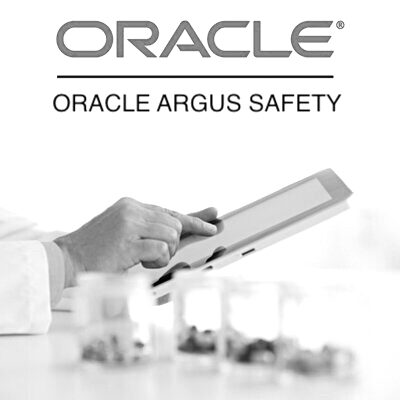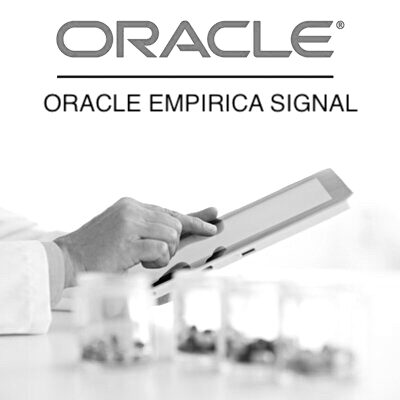Assessment of Compliance
The assessment of compliance refers to the process of evaluating whether an organization, system, or process is in compliance with applicable regulations, standards, or guidelines. In the context of pharmacovigilance, compliance assessment is an important tool for ensuring that medical product safety information is collected, analyzed, and reported in accordance with regulatory requirements and industry standards.
The assessment of compliance in pharmacovigilance typically involves the following steps:
- Reviewing applicable regulations, standards, and guidelines, such as those related to adverse event reporting, data management, and risk management.
- Evaluating the organization’s systems, processes, and procedures to ensure they are aligned with the relevant regulations, standards, and guidelines.
- Conducting an on-site inspection to verify the implementation of systems, processes, and procedures, and to identify any non-compliance issues.
- Reviewing relevant documentation, such as standard operating procedures, training records, and adverse event reports, to confirm that they are in accordance with regulatory requirements and industry standards.
- Preparing a report summarizing the findings of the compliance assessment, including any non-compliance issues identified, and providing recommendations for improvement.
The assessment of compliance in pharmacovigilance helps to ensure that the safety of medical products is continuously monitored and evaluated, and that regulatory requirements and industry standards are met. It also helps organizations to identify areas for improvement, and to enhance their pharmacovigilance processes and procedures.
You may be interested in the programs below:
-
 eLearning + software
eLearning + softwareOracle Argus Safety Essentials
$599.00 -
 eLearning + software
eLearning + softwareOracle Argus Safety Essentials + Console
$799.00 -
 Live Online
Live OnlineOracle Argus Safety – Live Online
$999.00 -
 Live Online
Live OnlineOracle Argus Safety + Console – Live Online
$999.00 -
 eLearning + software
eLearning + softwareOracle Empirica Signal
$599.00 -
 Live Online
Live OnlineOracle Empirica Signal – Live Online
$999.00 -
 eLearning + software
eLearning + softwareDiploma in Pharmacovigilance
$799.00 -
 eLearning + software
eLearning + softwareArgus Safety – Business Configuration and Administration
$599.00
